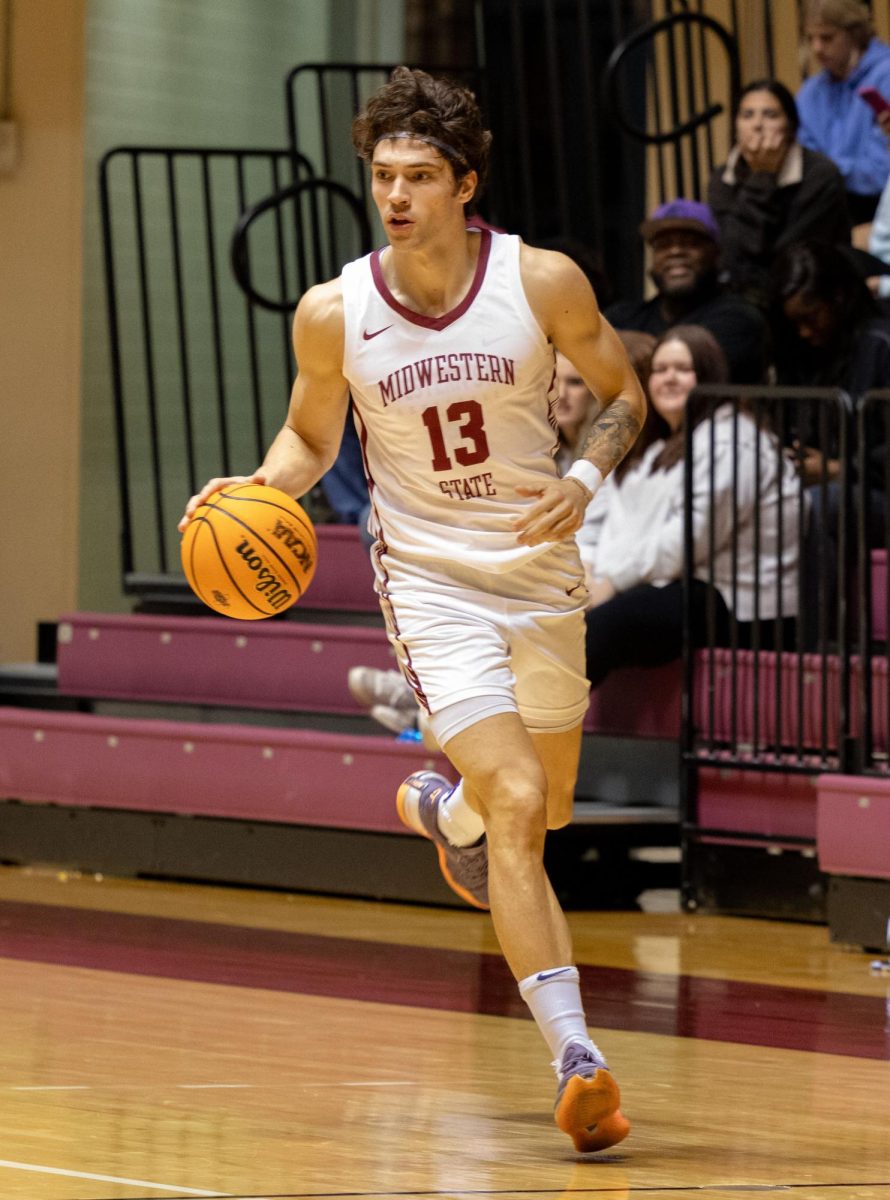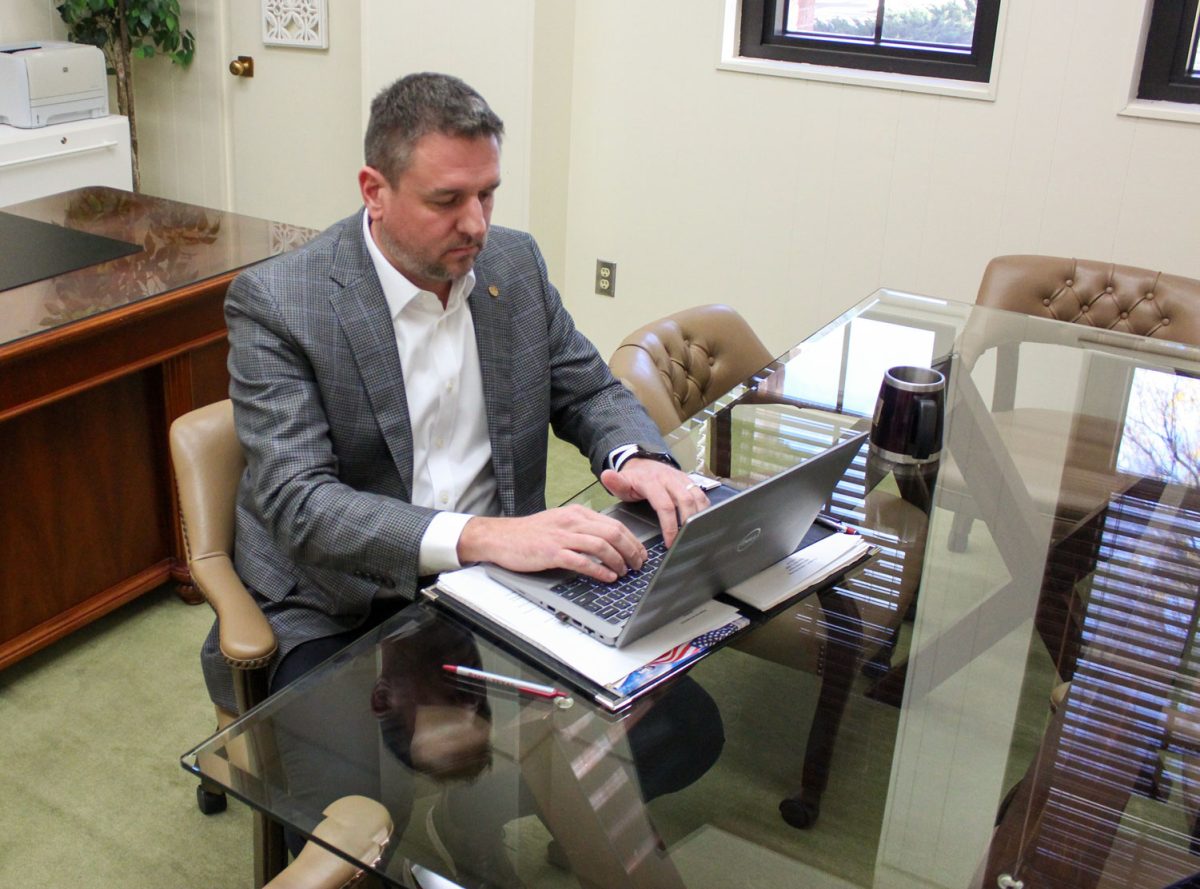
“Places!” the stage manager calls. All the actors and actresses in the show rush backstage, their hearts pounding from nerves, their hands shaking slightly. The show begins in five minutes, and they’ve been working for weeks to ensure its perfection. The costumes, the sets, the scenes are all as they should be, and not a single thing can go wrong. The auditorium goes black, and the curtain rises, and the show begins. This is what they’ve all been waiting for.
However, the majority of the work that goes into a production happens before the show even starts.
The theater faculty chooses the shows, but first, the students provide input as to what shows they want to perform. To decide on what scripts to perform, the faculty takes into consideration its known acting pool, the physical demands of the show, the size of the set, the number of costumes it will require, and whether undergraduates can handle the show.
“Sometimes, their whole life experience just isn’t great enough to pull off some plays,” Elizabeth Lewandowski, theater department chair and associate professor, said.
It takes months of planning to bring a theatrical production from the script to the stage. Lewandowski uses a week-by-week schedule to keep her students on track.
Planning for the most recent show, “She Kills Monsters,” began in July, according to Lewandowski. The actors rehearse for five to six weeks while others work on building the set.
“A great deal of work is done before that,” said Lewandowski, “The faculty and designers have been involved in discussions for a number of weeks.”
Eric Koger, associate theater professor, designs the sets for productions, and creates the lighting and sound sequences. He said his most elaborate set was for August Osage, and it was on a real time crunch.
“I basically had to build a three-story house in three and a half weeks,” Koger said.
During the production of a show, the crew heads meet weekly to report on their progress over the past week and ask for help or additional assistance. Then, the stage manager of the show generates a report to keep track of everyone’s progress.
“If somebody gets behind, we can all see that and we can help them,” Lewandowski said. “It helps keep us all on our toes.”
In addition to overseeing the production of show, Lewandowski designs and creates the costumes used in the performances. For some of her more elaborate costumes, she’s created a Ghost of Christmas Future from Charles Dickens’ “A Christmas Carol,” that was 13 feet tall, and in a production of Sondheim’s “Follies,” she had an actress wear an 18-inch tall bird cage as a hat, with two lovebirds swinging on a swing inside.
“I’ve done all kinds of things,” Lewandowski said, “Costume design is my art form.”
The design period for Lewandowski’s costumes can range from one week to two months, and construction can take four to six weeks. Of course, it varies depending on the complexity of the show.
“If it’s a show that requires special patterns, I could be up here patterning at six in the morning, or on Sunday mornings,” Lewandowski said.
Koger designs all his own sets for the productions, never repeating designs, even if he builds a set for a show more than once.
“I am a true designer,” he said.
Although Lewandowski envisions her costumes a certain way before she makes them, things do change. She has to keep in mind certain factors that will affect the way her costumes turn out, such as the director’s vision, the actor’s colors in the skin, and what the actor is doing onstage. Lewandowski sometimes has to cut out costumes due to budget or time.
“It’s frustrating when I want to do something, and there just aren’t enough hours in the day.” she said, “But if the change makes the show better, then I have no problem with it. It’s all about serving the script.”












